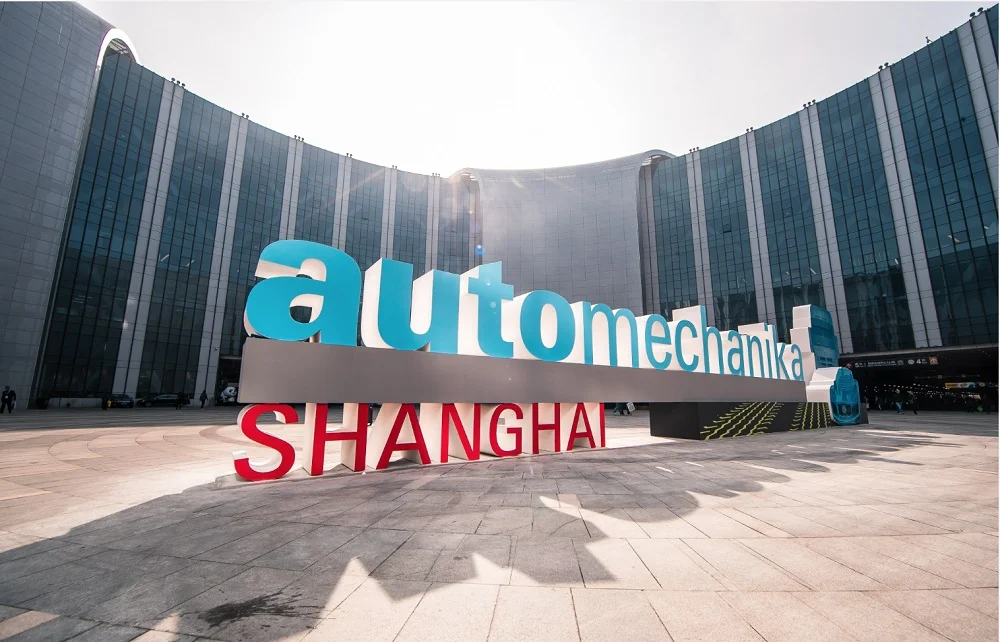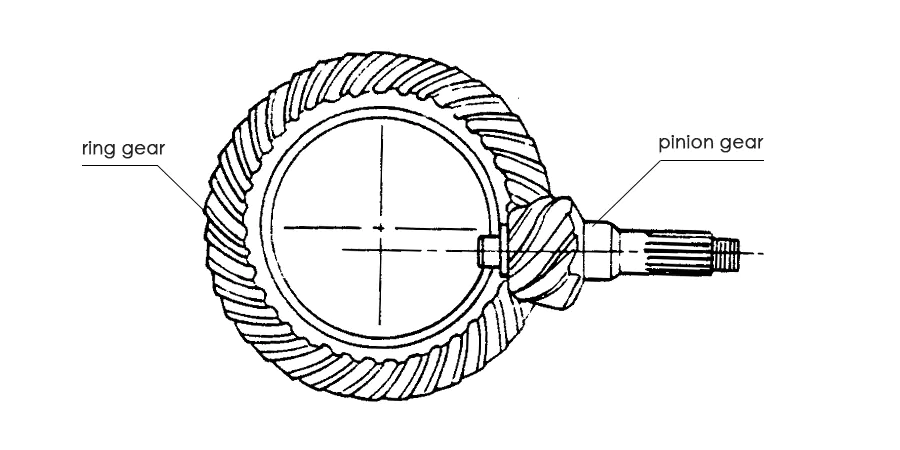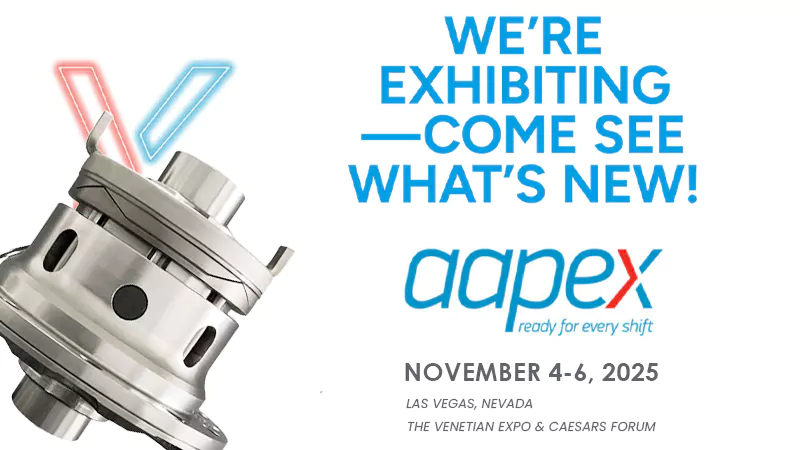As vehicles venture farther into off-road and multi-terrain scenarios, the need for traction control systems that combine precision, robustness, and driver control has grown sharply. Among the most impactful technologies to emerge in this space is the Electronic Differential Locker (E-Locker)—a system that offers selectable full-lock capability, eliminating slip between wheels on an axle when engaged.

This article presents a detailed analysis of the E-Locker experience from both an engineering and real-world user perspective, comparing it to conventional systems while exploring its mechanical foundation, performance expectations, and use-case effectiveness.
What Is an E-Locker?
An E-Locker is a driver-selectable locking differential that uses an electronic actuator—typically a solenoid, servo motor, or electromechanical plunger—to physically lock the two axle shafts together. When engaged, it functions like a spool, forcing both wheels on the same axle to rotate at the same speed, regardless of traction.
Key features include:
- On-demand full lock via switch or electronic signal
- Normally open operation for daily driving comfort and safety
- No need for air compressors or hydraulic lines
- Fast engagement and disengagement, even under moderate wheel spin (in most designs)
Mechanical Layout and Operation
At its core, an E-Locker combines a standard open differential layout with a locking mechanism. When disengaged, it behaves like a standard differential, allowing independent wheel rotation. When engaged, a mechanical sleeve or clutch pack is actuated to physically link both axle shafts.
Common Design Approaches:
- Fork-actuated dog clutch: A ring or collar slides to lock spider gears or side gears together.
- Electromagnetic coil: Activates a locking plate or coupling mechanism.
- Linear solenoid: Pushes or pulls a locking element directly into position.
Electrical System Integration:
- 12V signal from switch or ECU
- Often protected with fail-safe logic (e.g., only engage under certain speeds or in low-range)
E-Locker in Real Use
Daily Driving
E-Lockers remain completely transparent during regular driving. Unlike automatic lockers (e.g., Detroit Locker), they do not induce understeer, binding, or tire chirping when cornering on pavement. This makes them ideal for dual-purpose vehicles.
Off-Road Performance
Users consistently report the following advantages:
- Total traction when needed: In mud, rock crawling, or when one wheel is airborne, the full lock restores forward motion without relying on brake-based systems.
- Precision and control: You choose when to lock—making them perfect for technical climbs and timed off-road courses.
- Silent operation: No clunking or backlash noise associated with mechanical auto lockers.
Limitations and Considerations
- Engagement lag: Some units take a second or two to fully engage, especially under load.
- Electronic failure risk: Like all electrical components, wiring damage or water ingress can compromise reliability if not properly sealed.
- Heat and durability: Units must be designed with thermal dissipation in mind to ensure long-term reliability.
XJXPARTS E-Locker: Your Reliable Traction Solution
We serve OEM clients, professional off-road builders, and aftermarket performance tuners. Whether you’re outfitting a fleet or upgrading your weekend crawler, our E-Locker systems deliver unmatched control and reliability.
Get in touch with xjxparts today for technical specs, B2B pricing, or custom solutions tailored to your platform.
Conclusion
The E-Locker experience is defined by control, predictability, and performance. By giving the driver full authority over when and how the differential locks, E-Lockers serve a critical role in modern traction management systems—especially as vehicles evolve toward greater electronic integration and multi-mode drivetrains.



